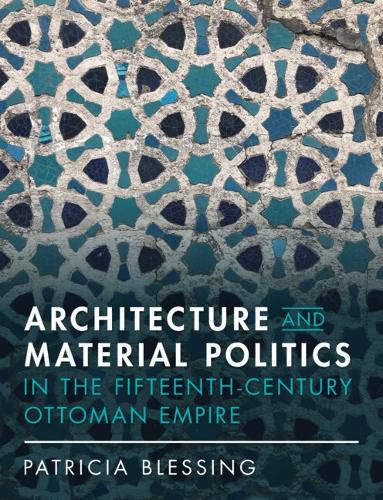Readings Newsletter
Become a Readings Member to make your shopping experience even easier.
Sign in or sign up for free!
You’re not far away from qualifying for FREE standard shipping within Australia
You’ve qualified for FREE standard shipping within Australia
The cart is loading…






In this book, Patricia Blessing explores the emergence of Ottoman architecture in the fifteenth century and its connection with broader geographical contexts. Analyzing how transregional exchange shaped building practices, she examines how workers from Anatolia, the Mediterranean, the Balkans, and Iran and Central Asia participated in key construction projects. She also demonstrates how drawn, scalable models on paper served as templates for architectural decorations and supplemented collaborations that involved the mobility of workers. Blessing reveals how the creation of centralized workshops led to the emergence of a clearly defined imperial Ottoman style by 1500, when the flexibility and experimentation of the preceding century was levelled. Her book radically transforms our understanding of Ottoman architecture by exposing the diverse and fluid nature of its formative period. It also provides the reader with an understanding of design, planning, and construction processes of a major empire of the Islamic world.
$9.00 standard shipping within Australia
FREE standard shipping within Australia for orders over $100.00
Express & International shipping calculated at checkout
In this book, Patricia Blessing explores the emergence of Ottoman architecture in the fifteenth century and its connection with broader geographical contexts. Analyzing how transregional exchange shaped building practices, she examines how workers from Anatolia, the Mediterranean, the Balkans, and Iran and Central Asia participated in key construction projects. She also demonstrates how drawn, scalable models on paper served as templates for architectural decorations and supplemented collaborations that involved the mobility of workers. Blessing reveals how the creation of centralized workshops led to the emergence of a clearly defined imperial Ottoman style by 1500, when the flexibility and experimentation of the preceding century was levelled. Her book radically transforms our understanding of Ottoman architecture by exposing the diverse and fluid nature of its formative period. It also provides the reader with an understanding of design, planning, and construction processes of a major empire of the Islamic world.